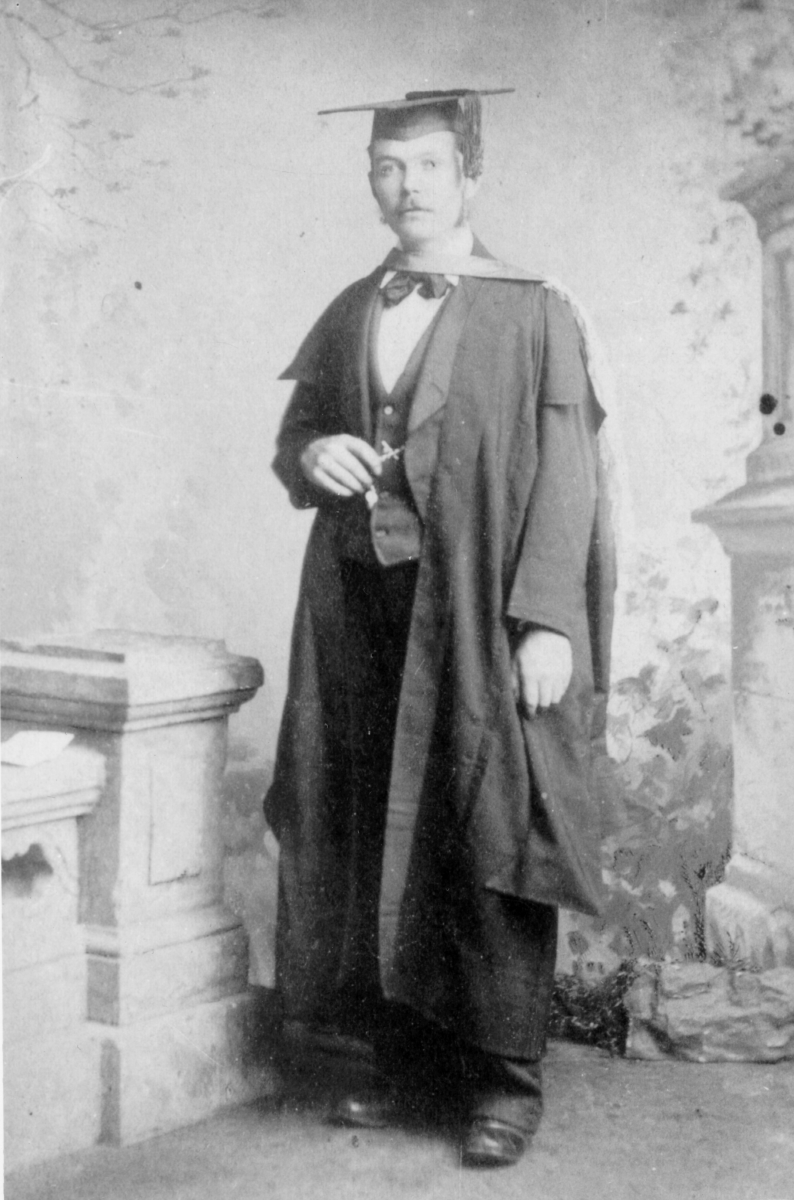The Adventure Of The Medical Experiment.
A rather unusual letter was published in the British Medical Journal of 20 September, 1879. The author of the letter was a young medical student named Arthur Conan Doyle. Published under the title of Gelseminum As A Poison, it detailed Doyle’s experiments with the drug.
Arthur Conan Doyle had suffered from a type of neuralgia for a number of years. One of the symptoms of this was severe headaches. Doyle decided to take a tincture of gelseminum in a bid to find a cure for his malady.
Doyle made notes of the effects of the drug on his own body over the course of a week. His aim was to, “…ascertain how far one might go in taking the drug, and what the primary symptoms of an overdose might be.“
The gelseminum was taken at approximately the same time on successive days. Arthur Conan Doyle also, “…avoided tobacco or any other agent which might influence the physiological action of the drug.“
Arthur Conan Doyle began his experiment by taking a very moderate dose of the tincture of gelseminum. This produced no side effects at all. The dose was then increased to 90 minims. (A minim equals 1/60 of a fluid dram.) This resulted in Arthur Conan Doyle experiencing extreme giddiness and mild weakness of the limbs.
When he had reached 150 minims, Arthur Conan Doyle noticed a change in the side effects of the drug. His previous symptoms had disappeared. But they were replaced by, “…a severe frontal headache, with diarrhoea and general lassitude.“
By that weekend, Arthur Conan Doyle was really playing with fire. He increased the dose again, to three drachms and 200 minims. (Formerly used by apothecaries, a drachm equals one eighth of an ounce.)
Arthur Conan Doyle was now approaching three times more than the safe limit of gelseminum. Not surprisingly, the side effects were debilitating, as Doyle noted: “The diarrhoea was so persistent and prostrating, that I must stop at 200 minims. I felt great depression and a severe frontal headache.“
Once it was over, Arthur Conan Doyle wrote about his experiment and sent his letter to the British Medical Journal. Among his conclusions was that as much as 90 minims of gelseminum could be taken daily by a healthy adult. Doyle also wrote that, “The system may learn to tolerate gelseminum, as it may opium, if it be gradually inured to it.“
Now known as gelsemium, the drug is cultivated from a genus of flowering plants belonging to the family Gelsemiaceae. Two species are native to North America, while another can be found in China and Southeast Asia.
The symptoms of gelsemium poisoning include blurred vision, dizziness, and convulsions. Larger doses can lead to a loss of muscular power and asphyxia.
The 1911 edition of the Encyclopedia Brittanica describes the drug as “…essentially a nerve poison.“ It also notes that, “The drug contains a volatile oil and two potent alkaloids.“ But despite this it was used early in the 20th century to treat a variety of conditions. These included severe coughing, bronchitis, convulsions, and neuralgia. It was also sometimes employed as a cardiac depressant.
Gelsemium is still used today in homeopathic medicine. It is said to be effective when treating muscle pain and weakness, colds, nasal allergies, and headache.
Arthur Conan Doyle left the medical profession in 1891 to become a full-time writer. This was partly due to the increasing popularity of the Sherlock Holmes stories which made his name. Arthur Conan Doyle was on the road to literary fame and fortune.
END.

Related
Comments
Comments are disabled for this post.

 to add an item to your Itinerary basket.
to add an item to your Itinerary basket.





